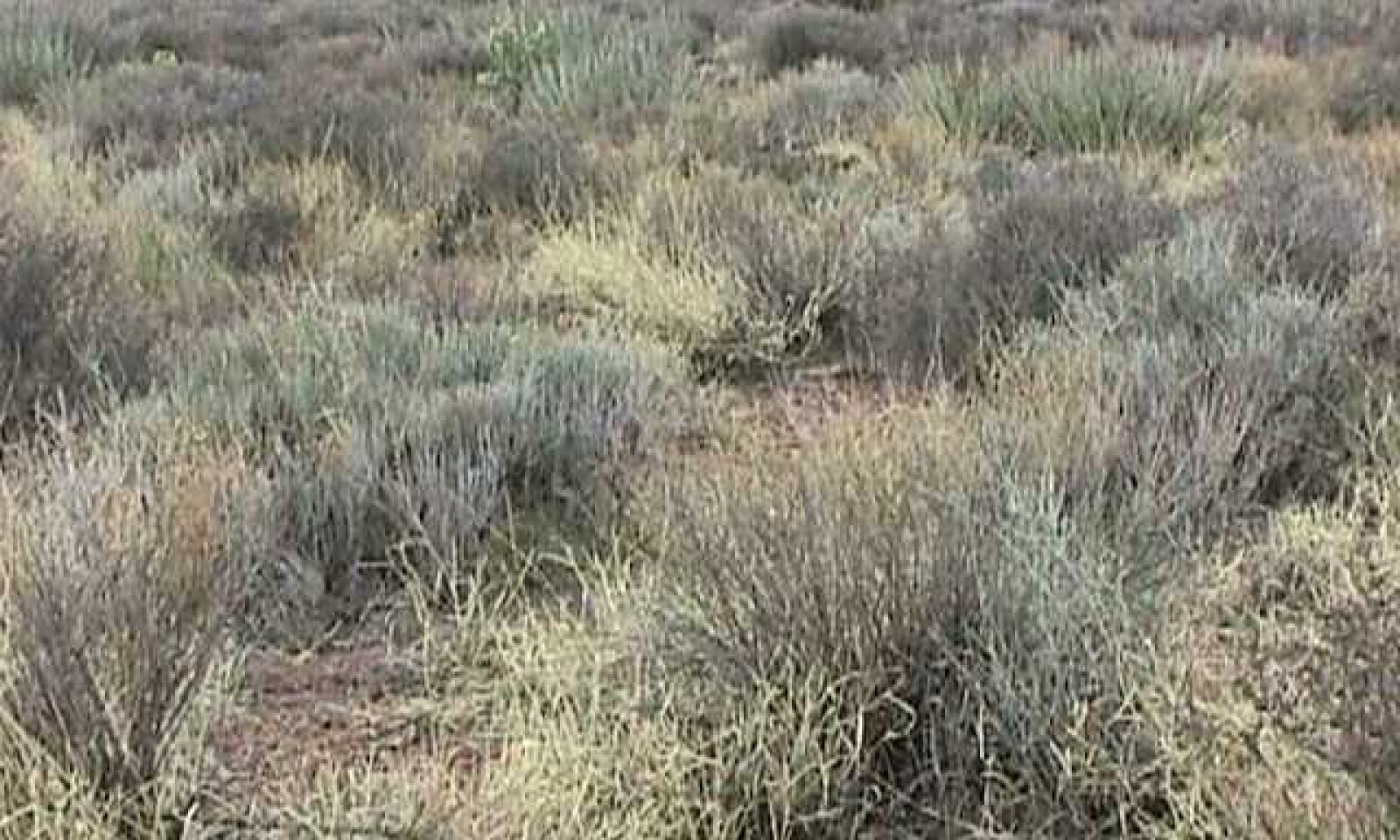
COARSE GRAVELLY LOAM 5-7 P.Z.
Scenario model
Current ecosystem state
Select a state
Management practices/drivers
Select a transition or restoration pathway
- Transition T1 More details
- Transition T2 More details
- Transition T2a More details
-
No transition or restoration pathway between the selected states has been described
Target ecosystem state
Select a state
Description
The reference state is representative of the natural range variability under pristine conditions. The reference state is dominated by long-lived evergreen shrubs and deep rooted perennial bunchgrasses. Plant community phase changes are primarily driven by long-term drought, periodic wildfire, disease and insect attack. This plant community is distinctive in the amounts of annual biomass it is capable of producing. Environmental factors including soil texture, topographic position and season of precipitation contribute to increased annual production.
Submodel
Description
The invaded state is characterized by the presence of non-native species in the understory. Introduced annuals such as red brome and cheatgrass have invaded the reference plant community and have become a dominant component of the herbaceous cover. A biotic threshold is crossed, with the introduction of non-native annuals that are difficult to remove from the system and have the potential to alter disturbance regimes significantly from their natural or historic range of variation. These non-native annuals are highly flammable and promote wildfires where fires historically have been infrequent.
Submodel
Description
This state is characterized by the inability of blackbrush to return to the site following wildfire or other disturbance. Blackbrush requires specific climatic conditions for germination and survival. A biotic threshold has been crossed due to insufficient climatic conditions, the lack of an available seed source or both which prevent the reestablishment of blackbrush in the plant community. Plant community phases consist of fire tolerant shrubs with high growth rates and high reproductive capacities, that were tolerant in smaller quantities in the reference plant community.
Submodel
Mechanism
Introduction of non-native species due to a combination of factors including: 1) surface disturbances, 2) changes in the kinds of animals and their grazing patterns, 3) drought, and 4) changes in fire history.
Mechanism
Wildfire, insect attack or other disturbance resulting in the removal of blackbrush, in combination with insufficient climatic conditions for germination and establishment of blackbrush.
Model keys
Briefcase
Add ecological sites and Major Land Resource Areas to your briefcase by clicking on the briefcase (![]() ) icon wherever it occurs. Drag and drop items to reorder. Cookies are used to store briefcase items between browsing sessions. Because of this, the number of items that can be added to your briefcase is limited, and briefcase items added on one device and browser cannot be accessed from another device or browser. Users who do not wish to place cookies on their devices should not use the briefcase tool. Briefcase cookies serve no other purpose than described here and are deleted whenever browsing history is cleared.
) icon wherever it occurs. Drag and drop items to reorder. Cookies are used to store briefcase items between browsing sessions. Because of this, the number of items that can be added to your briefcase is limited, and briefcase items added on one device and browser cannot be accessed from another device or browser. Users who do not wish to place cookies on their devices should not use the briefcase tool. Briefcase cookies serve no other purpose than described here and are deleted whenever browsing history is cleared.
Ecological sites
Major Land Resource Areas
The Ecosystem Dynamics Interpretive Tool is an information system framework developed by the USDA-ARS Jornada Experimental Range, USDA Natural Resources Conservation Service, and New Mexico State University.
